A long time ago, I talked about tea blogging as a community of people who are virtually talking about drinking tea together in a never-ending session. Things have really quieted down since then. Blogs, as a form of writing, seems to be at least dying, overtaken by social media in various guises. Sometimes you still have new entrants in this field, however, and recently there were a couple posts, one by the vendor TwoDog, and the other by Cwyn, a sometime visitor of this site, about relativism in tea. The claim here is simple, if I’m allowed to reduce them a little bit. Basically, the idea is that we should approach teas with a clean slate, and that opinions shouldn’t be formed based on other people’s views of the tea. So far, so good. Then the claim, made in slightly different ways, come out of both posts – that all opinions are equally valid because there’s no real absolute in tea, and that experts, real or imagined (and there are plenty of imagined ones out there), don’t know any better. That I’m not so sure about.
This type of claim I see often, and basically boils down to the idea that opinions are all equally valid. On some level this may be true, if it’s a matter of preference. What I mean is, when given a choice of, say, a menu of food items, each person have their own matrix of preferences that will guide them to choose one out of the many things on that menu. Some will choose none at all, others may have to be limited by the size of their stomach. That choice is an opinion, and the chooser has the liberty to do whatever s/he wants. They may be picking based on taste, allergies, religion, politics, or any number of factors. It’s hard for anyone to say “you shouldn’t have picked the chicken.”
At the same time though, that doesn’t mean that one cannot make claims about absolute quality of the food on this given menu. For example, if the choices on the menu include the following items: a McDonald’s hamburger, a simple grilled flank steak, and a slow cooked beef stew from a top restaurant, I think it is pretty easy for most people to say that the slow cooked beef is the best food item among the choices, even though not everyone will choose to, or even want to, eat that. There will be outliers who prefer the hamburger, even. Others, Hindus for example, will reject the entire menu because it’s all Not Food for them. But even then, objectively, they can probably say that the slow cooked beef is the highest quality item here.
Teas are no different. There are, objectively, teas that are better and teas that are worse. The high elevation, hand crafted Darjeeling is probably a better tea than the Liptop tea bag, but there might be times when I’d rather drink the Lipton (admittedly not too many). One is a judgement of quality, the other is an expression of preference. It’s quite easy to mix the two.
More importantly, the experience of the person expressing that opinion also matters. I asked my cousin, who’s a professional sommelier, about ideas of absolute quality in wine – does it exist? Do people talk about these? It’s pretty easy to say that a First Growth Bordeaux is a better wine than the $5 a litre box wine you find at your local supermarket. At the same time, the guy who’s only drunk First Growth wines and who’s never had a bad wine, so to speak, is actually probably less able to judge a wine than someone who’s drunk the whole range, good and bad, because he lacks the reference points for making an informed judgement. What you get in the end is just first impressions, with references that may or may not be relevant, and is indeed utterly useless precisely because it’s ungrounded in experience.
Similarly, when TwoDog talks about approaching a tea as a beginner, well, a true beginner won’t know what’s what, and in my experience, most beginner to puerh all have one instant response to this stuff – it’s really bitter. That’s it. That’s the first thing that hits them, and quite a few can’t let go of that beyond the “but it’s so bitter”. Some may move beyond it and find other things about the tea, but it actually does take experience with a certain type of item in order to be able to pass a decent judgement on it. If you really approach something as a real beginner, you will end up with reviews like this four year old at the French Laundry. It’s honest, it’s unpretentious, she’s not probably all that impressed by the pomp and circumstance, but it’s also something we look at and say “well, the kid doesn’t know what she’s dealing with,” and end up with “let me eat that.” Never mind that she rejected half of the good stuff. So, my point is – there’s a good and bad, and experiences do matter. They’re certainly not foolproof, and there will be differences of opinion, but if you stick a few tea in front of a bunch of people who all live and die by drinking tea, chances are their preferences will be similar. The preferences will be more disparate when the teas sampled are more diverse, but in general there will be a consensus on which one’s better and which one’s worse.
Having dispensed with absolute relativism, I do agree with Cwyn in the uselessness of tea reviews online, but not for reasons of relative opinions. Rather, they’re useless because nobody controls for the most important input into the tea – water. Unless we all start using the same thing as our standard tasting water, what you put into the cup is going to drastically affect how it comes out. Someone who uses a reverse osmosis filtration at home is going to have a lot of tea come out absolutely horribly. In some places, whether you’re drinking water from the snow melt in the spring or the summer rains probably will also change how your teas taste. Without controlling for that, all reviews are at best suggestive. There’s a reason I pretty much stopped writing tea reviews on this blog – they’re not useful and they don’t serve any real purpose, not even really for myself anymore at this point. So, I don’t do them.
So what’s the point of me writing all this? Well, I think it does matter for us to critically reflect on what tea we’re drinking, to examine them, to analyze them, and to learn from them. Addition of experience will enhance tea drinking, because it adds one more frame of reference and will enrich all future tea drinking activity, even if it’s a bad tea. If this is a hobby (and if you’re reading this, it probably is) then you should most definitely go out and enjoy and at the same time critique what you’re drinking. There are lots of good tea out there, there are also lots of bad tea out there, but exploration is half the fun. Besides, there’s a tea for every occasion, even if that tea sometimes happens to be a Lipton teabag.

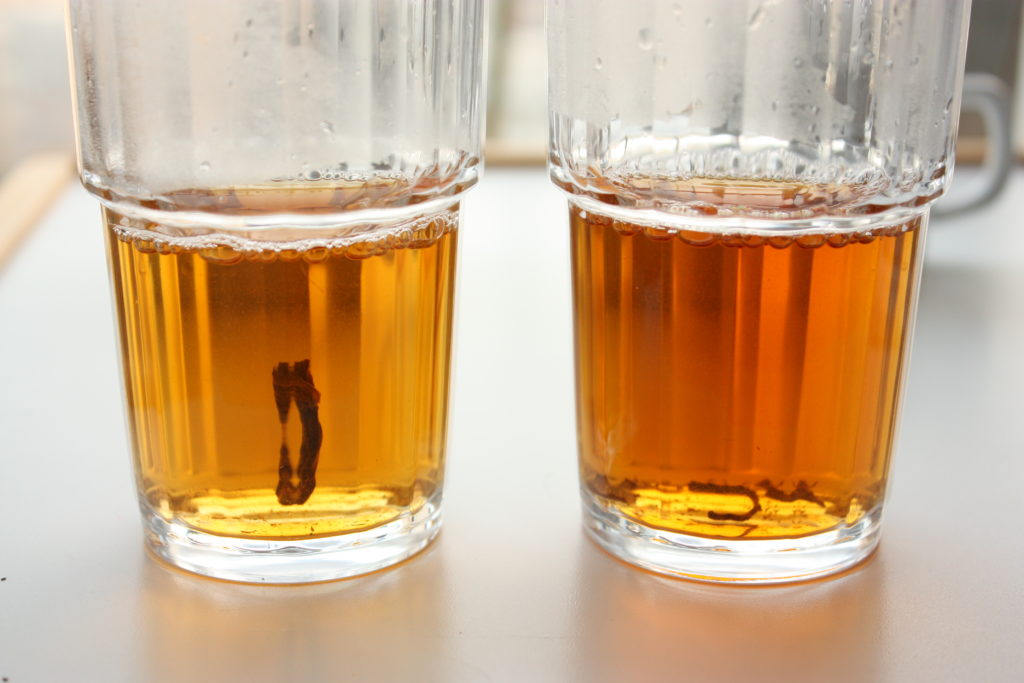 So the right one is a bit darker, surprise surprise.
So the right one is a bit darker, surprise surprise.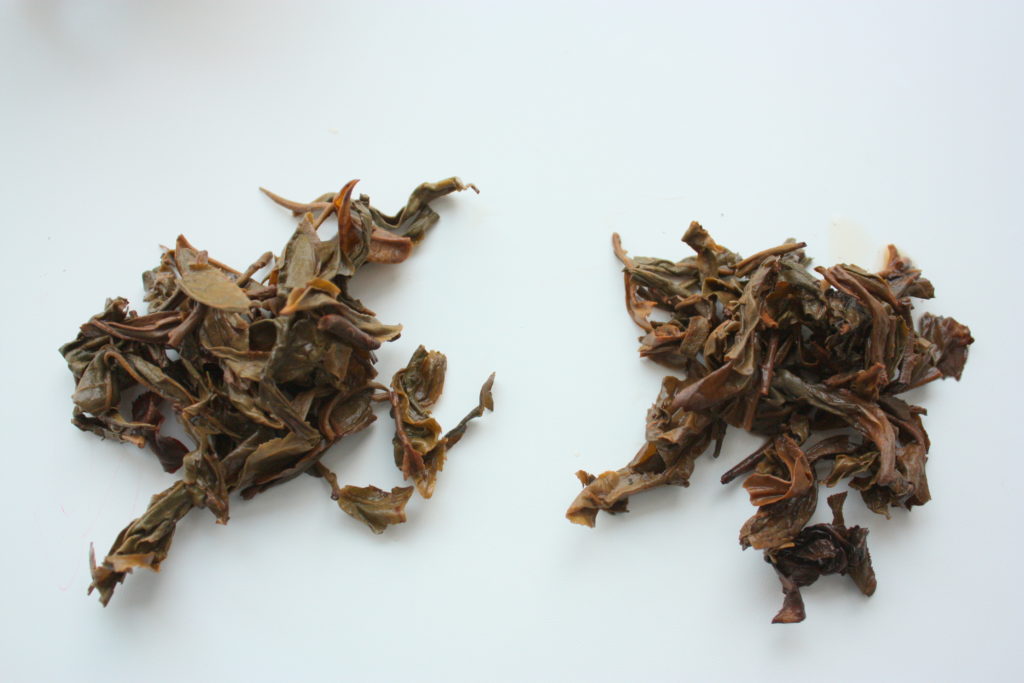 Not a lot of information from either the dry leaves, the liquor colour, or the wet leaves visually. The effect of storing in Hong Kong, versus storing in Portland, is a bit like using different casks for scotch. Portland, in this case, would be the oak cask from start to finish, whereas Hong Kong is a little more like a sherry finished one. I think the Portland tea has definitely transformed less – it’s closer to the original, with a bit more bitterness retained and a little less change over time. The Hong Kong one is still bitter as well, but a little less so. I suppose preference for one or the other is really a personal choice, but to me the biggest knock against the Portland tea is that it feels sharp and thin. It’s not as pleasant when compared against the Hong Kong stored one.
Not a lot of information from either the dry leaves, the liquor colour, or the wet leaves visually. The effect of storing in Hong Kong, versus storing in Portland, is a bit like using different casks for scotch. Portland, in this case, would be the oak cask from start to finish, whereas Hong Kong is a little more like a sherry finished one. I think the Portland tea has definitely transformed less – it’s closer to the original, with a bit more bitterness retained and a little less change over time. The Hong Kong one is still bitter as well, but a little less so. I suppose preference for one or the other is really a personal choice, but to me the biggest knock against the Portland tea is that it feels sharp and thin. It’s not as pleasant when compared against the Hong Kong stored one.
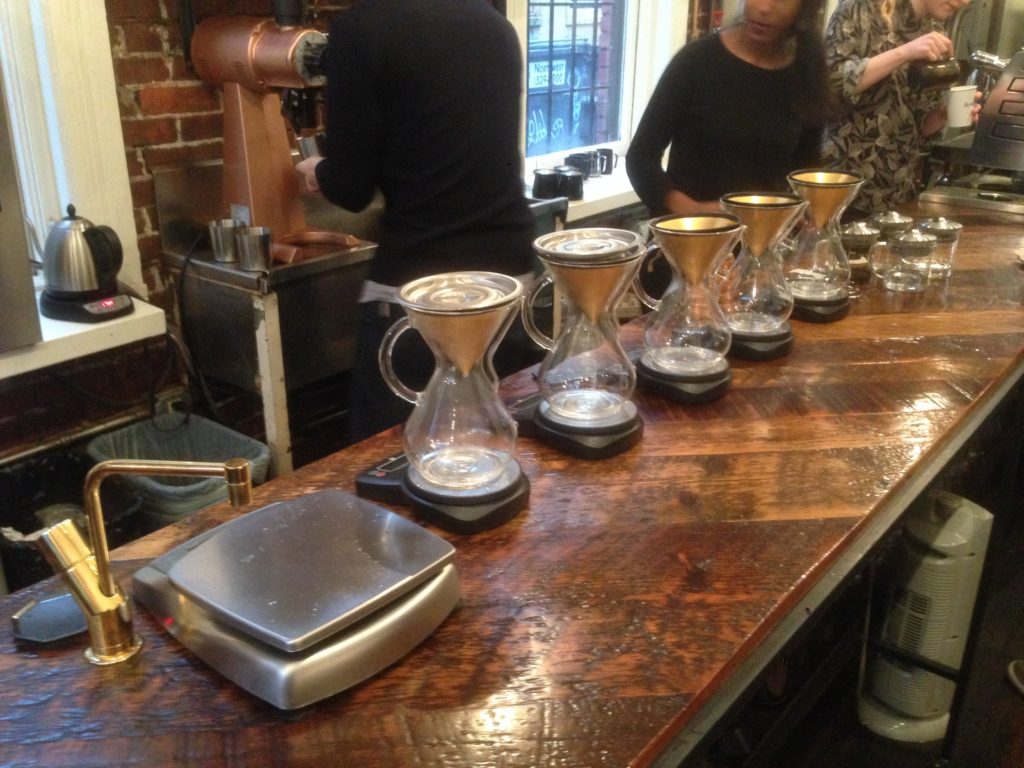

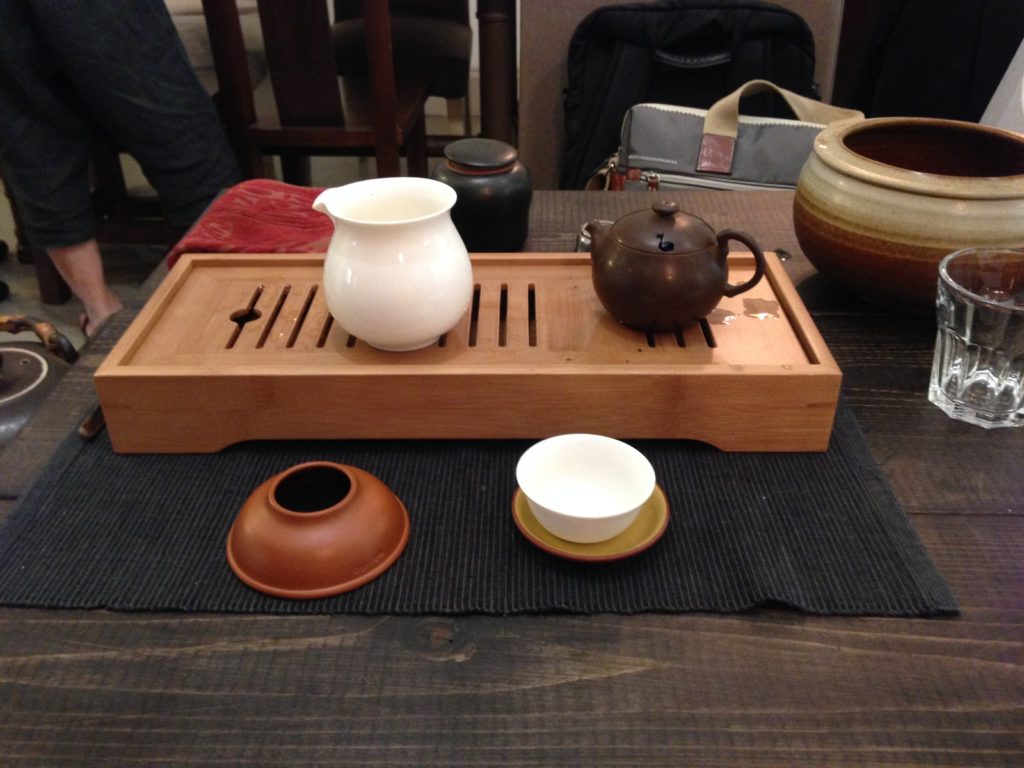
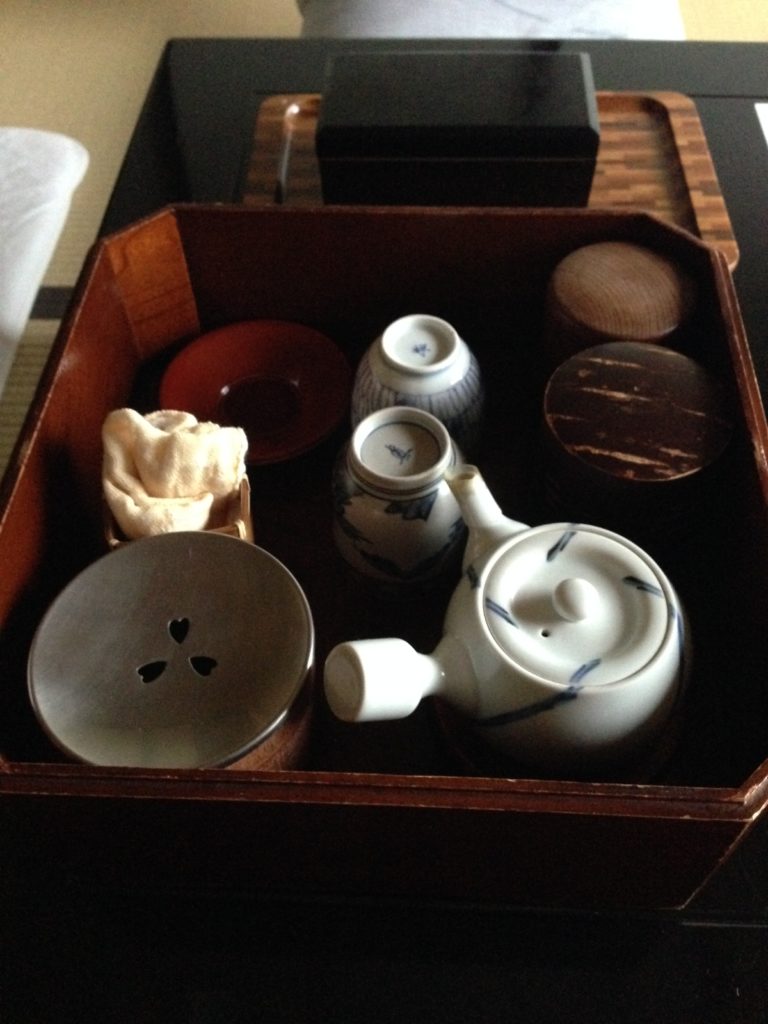
 RSS - Posts
RSS - Posts
Interesting.... would 250C in my oven work?